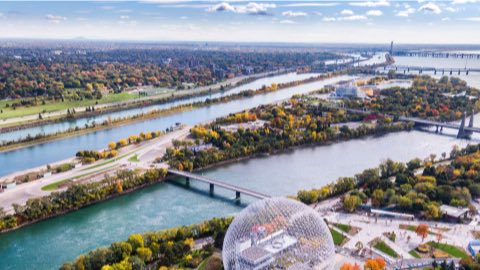
The current suspension of field work has led researchers at Concordia University in Montreal to recruit residents to assist in conducting an inventory of private trees in the Notre-Dame-de-Grâce (NDG) neighborhood. The project seeks to study private urban trees, stating that the current understanding of urban forests has been largely limited to trees located on public land. However, half of all city trees are growing on private land.
Residents are asked to take photos of trees on their property and measure the circumference of trees using string, shoelaces, or other household materials. A downloadable worksheet and various apps are supplied to aid in the process and identification. The team has also prepared a how-to video to help break down the steps.
The NDG Tree Project is led by Carly Ziter, assistant professor of biology in the Faculty of Arts and Science.
“Montreal is fortunate to have an excellent public tree inventory, but many of the city’s trees are actually located on private land, and we know very little about them. This means our understanding of the urban forest is like a puzzle with half the pieces missing,” says Ziter.
Ziter is a member of the CERC Smart Sustainable Resilient Cities and Communities team where she highlights the essential role of urban green space and biodiversity in creating a next-generation city.
“This project speaks to the university’s strong commitment to sustainability,” says Concordia President Graham Carr. “The fact that our researchers were able to adapt it to our current situation is an example of our community’s resilience and ingenuity. I hope many of our Loyola neighbours will take this opportunity to get outside and learn about the trees in our own backyards.”